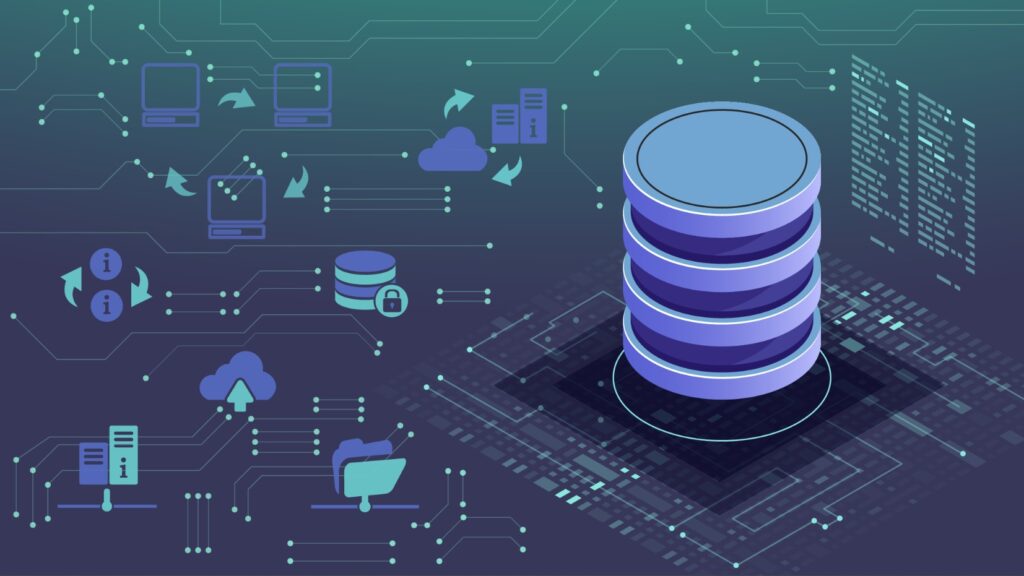Research labs are powerhouses of data generation, where individual computers can quickly become bottlenecks due to unmanaged storage. Traditional IT management tools are often too broad or require extensive expertise, leaving lab managers and PIs with little insight into their own digital environment. This is where leveraging a specialized TreeSize academic IT solution becomes a game-changer. It provides a targeted, user-friendly approach to gain control over lab computer storage, offering clarity and control where it is needed most.
The journey begins with deployment and discovery. The lightweight TreeSize academic IT agent can be quietly installed on all lab computers, from the powerful workstation running complex simulations to the shared machine for data analysis. Once deployed, it begins its comprehensive scan, not as an intrusive audit, but as a diagnostic tool. The initial report provides the first-ever holistic view of the lab’s storage landscape, revealing which machines are critically full, what types of files are consuming the most space (e.g., .raw data files, .mp4 videos, temporary cache files), and how data is distributed across the team.
This discovery phase unlocks powerful disk space visualization for academic IT. Instead of navigating through labyrinthine folder structures, the lab manager is presented with clear, interactive treemaps and charts. These visualizations make it intuitively obvious when a single computer is housing multiple terabytes of outdated video archives or when temporary files from a specific software application have ballooned out of control. This immediate visual understanding is far more effective than raw data in communicating storage issues and prioritizing action.
With the problems identified, the next step is proactive maintenance using TreeSize to analyze lab computer storage. Researchers can be empowered to manage their own systems. A postdoc, for instance, can quickly run the tool to identify and safely delete the multi-gigabyte temporary files left by a data processing application before starting a new experiment. This self-service capability is transformative, reducing the burden on the lab’s lead technician and preventing minor storage issues from escalating into critical failures that halt research.
On a strategic level, the PI can use the consolidated data from TreeSize academic IT for resource planning and grant management. The software can generate reports showing the lab’s total data growth rate over time, providing concrete evidence for justifying storage budget requests in new grant proposals. It answers critical questions: “Is our current storage infrastructure sufficient for the next three-year project?” This data-driven approach to education IT storage management at the lab level ensures that resources are allocated efficiently and proactively.
Finally, the tool is instrumental in implementing a lab-specific research data archiving solution. As projects are completed, the PI can use TreeSize for research data optimization to identify datasets associated with concluded work. These can then be systematically moved from expensive primary storage on lab computers to a cost-effective, long-term archive, such as the central university server storage or a dedicated archive tier. This not only frees up space for active research but also ensures compliance with data management plans, preserving the lab’s valuable intellectual output for the future and solidifying a culture of efficient data stewardship.

